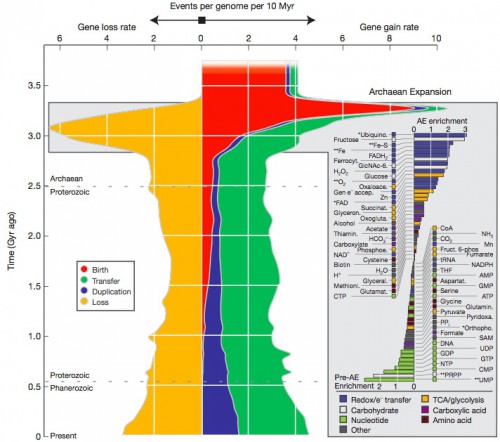So you’re tantalized by this strange obsession creationists have with junk DNA. It offends them mightily, I think because they find comfort in the idea that everything in the universe must have a purpose, because if it doesn’t, maybe that means they are nothing more than spots of dandruff on a dead rock hurtling blindly through space, and we can’t have that then.
It’s true that the odious Jonathan Wells has written a whole book declaring that everything in the genome has a glorious function implicitly designed by his god, the Rev. Sun Myung Moon. Larry Moran has begun the process of dismantling Wells, with, so far, three posts critiquing his claims, all well worth reading.















